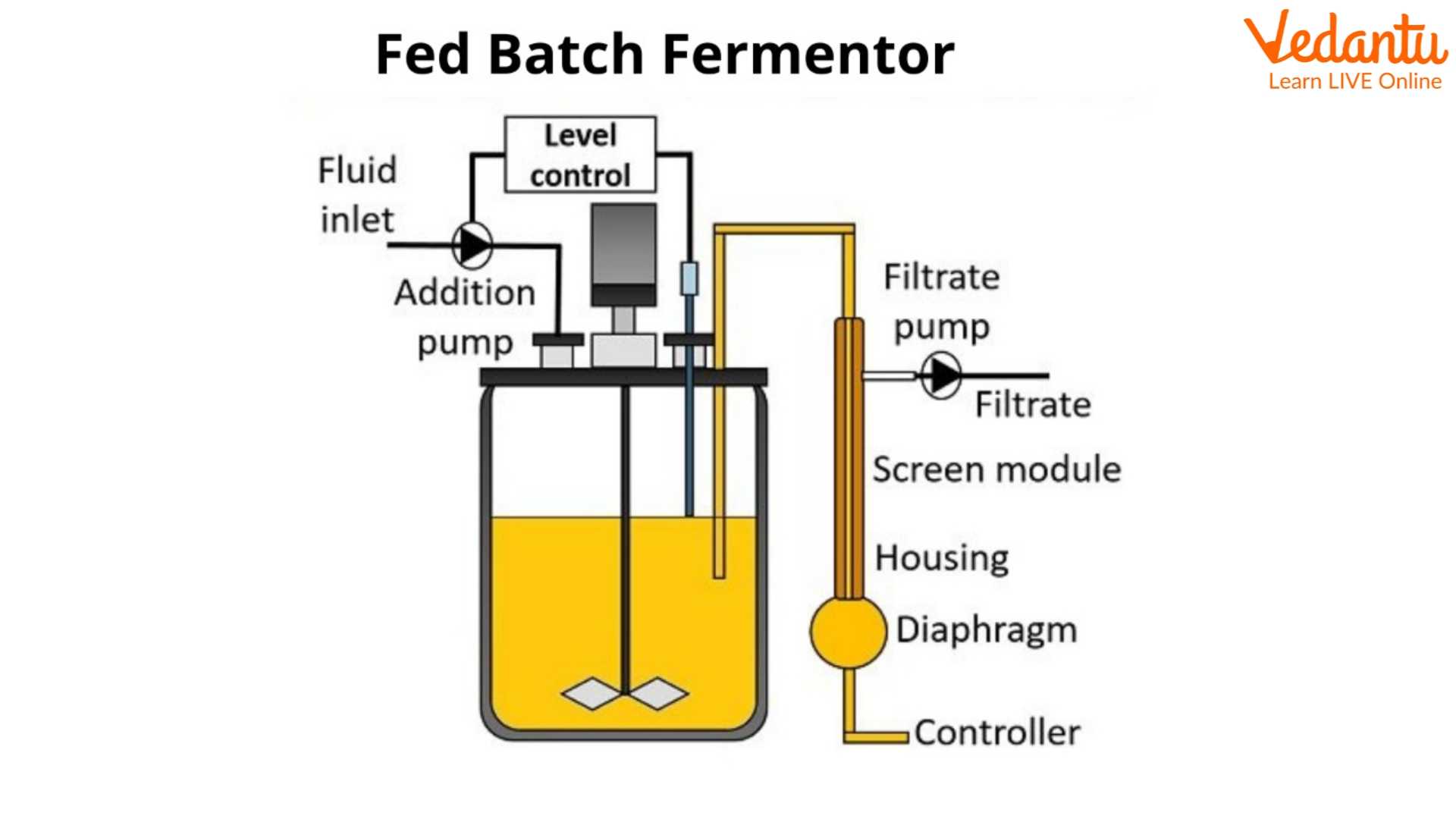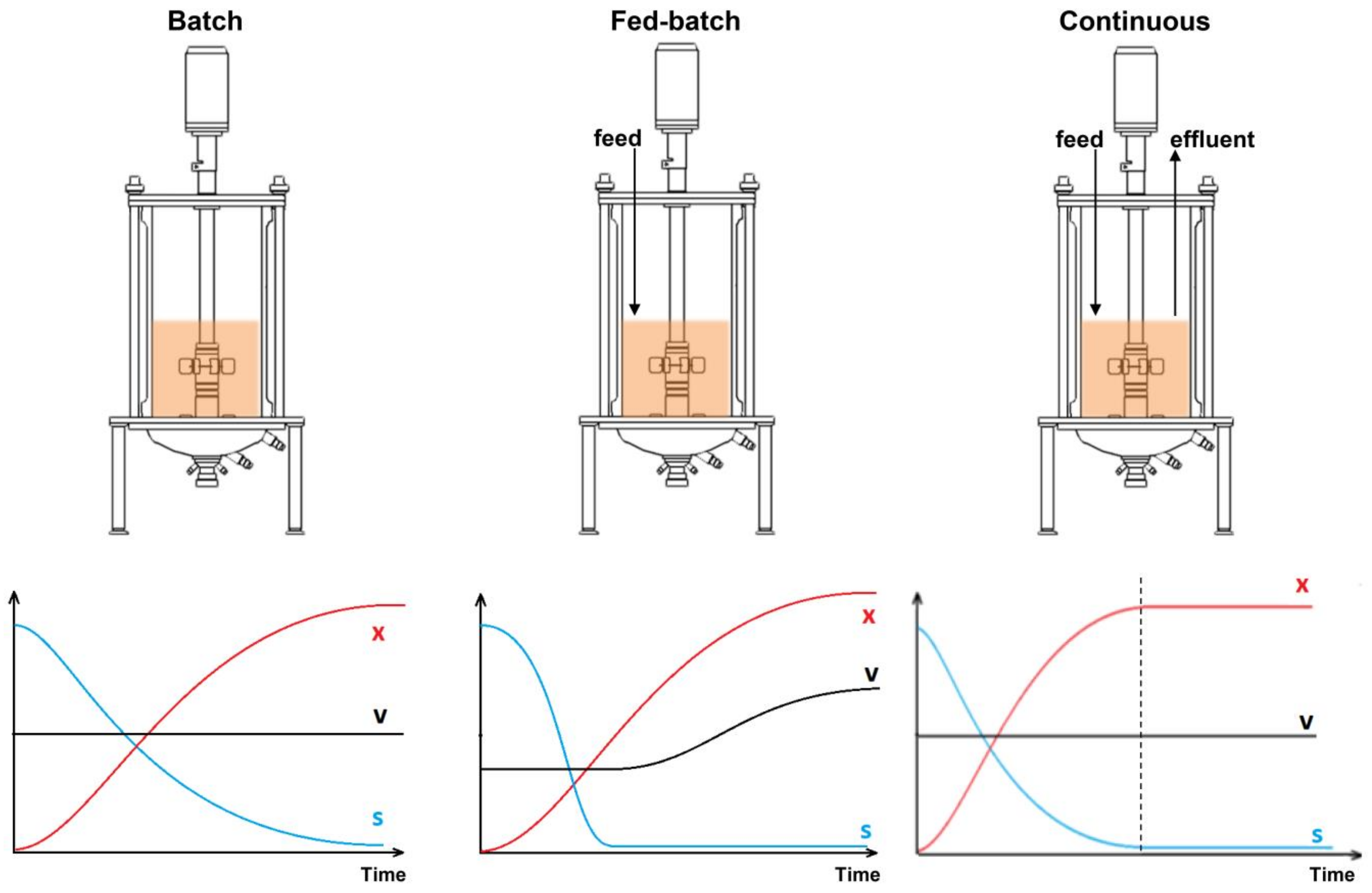Ever wondered how your favorite online store manages to process thousands of orders every minute, or how streaming services deliver your favorite shows without constant buffering? The secret sauce often involves a technique called batching. Think of it like a baker preparing a giant batch of cookies instead of baking them one by one – it’s way more efficient! But just like there are different ways to bake cookies (some might prefer a dynamic approach, adjusting the recipe based on the oven temperature, while others might stick to a continuous, tried-and-true method), there are different ways to batch process data.
Batching Basics: Setting the Stage for Dynamic vs. Continuous
Before we jump into the specifics of dynamic and continuous batching, let’s establish a solid understanding of batching in general. After all, you wouldn’t try to build a house without knowing the basics of construction, right?
What is Batching?
At its core, batching is the process of grouping multiple individual operations or data points into a single unit, called a batch, for processing. Instead of handling each item individually, which can be resource-intensive, we bundle them together and process them as a group. This is batch processing in a nutshell. Imagine you’re sending out invitations to a party. Instead of addressing each envelope individually and walking to the post office each time, you write all the addresses, stuff the envelopes, and then take one trip to the post office. That’s batching!
Why Use Batching?
Why do we bother with batching in the first place? Well, the benefits are numerous:
- Reduced Overhead: Batching minimizes the overhead associated with processing individual items. Think about the overhead of establishing database connections, making function calls, or even just the act of switching between tasks. By processing items in batches, we significantly reduce this overhead.
- Improved Throughput and Performance: By reducing overhead, batching leads to improved throughput and overall system performance. We can process more data in less time. It’s like taking a highway instead of a winding country road – you’ll reach your destination faster.
- Simplified Resource Management: Batching can simplify resource management. Instead of constantly allocating and deallocating resources for individual items, we can allocate them for entire batches, making things more efficient.
However, batching isn’t always a magic bullet. There are potential drawbacks:
- Latency for Individual Operations: Individual items within a batch might experience some latency, as they have to wait for the entire batch to be formed before being processed. If you’re dealing with time-sensitive operations, this can be a concern.
Types of Batching:
There are several different types of batching strategies. We have fixed batching, where the batch size is predetermined and constant. Then we have the stars of our show today: dynamic and continuous batching. While fixed batching has its place, dynamic and continuous batching offer more flexibility and efficiency in many scenarios.

Dynamic Batching: Adapting to Changing Needs
Now that we’ve covered the basics of batching, let’s dive into the world of dynamic batching. This approach is like a chameleon, adapting its batch size to the ever-changing environment.
What is Dynamic Batching?
Dynamic batching is a sophisticated technique where the size of the batch is not fixed but rather dynamically adjusted based on various factors. These factors could include the volume of incoming data, system load, or even the type of data being processed. Think of it like a chef who adjusts the size of their dishes based on how many guests are arriving for dinner.
How Dynamic Batching Works:
Dynamic batching involves a few key steps:
- Monitoring: The system continuously monitors the incoming stream of data or requests. It keeps an eye on things like the rate of arrival, the size of the data, and any other relevant metrics.
- Analysis and Adjustment: Based on the monitored data, the system uses algorithms or predefined rules to determine the optimal batch size. If the volume of data is high, the batch size might increase to maximize throughput. If the volume is low, the batch size might decrease to minimize latency.
- Batch Formation: The system forms batches based on the dynamically calculated size. It gathers incoming data until the desired batch size is reached, and then processes the batch.
This constant monitoring and adjustment make dynamic batching a powerful tool for handling fluctuating workloads.
Advantages of Dynamic Batching:
Dynamic batching offers several compelling advantages:
- Improved Adaptability: It excels at adapting to varying workloads. Whether you’re experiencing a sudden surge in traffic or a lull in activity, dynamic batching can adjust to maintain optimal performance.
- Better Resource Utilization: By dynamically adjusting batch sizes, it optimizes resource utilization. You’re not wasting resources on overly large batches when the volume is low, and you’re not getting bogged down by too many small batches when the volume is high.
- Reduced Latency (Sometimes): In certain scenarios, dynamic batching can reduce latency, especially when dealing with time-sensitive operations. By adjusting batch sizes based on the incoming data, you can ensure that urgent requests are processed quickly.
Disadvantages of Dynamic Batching:
Of course, dynamic batching isn’t without its challenges:
- Increased Complexity: Implementing dynamic batching is more complex than fixed batching. You need to design and implement the monitoring system, the adjustment algorithms, and the batch formation logic.
- Potential Overhead: The constant monitoring and adjustment can introduce some overhead. The system needs to spend time and resources on these tasks, which can impact performance if not carefully managed.
Examples of Dynamic Batching:
Dynamic batching is used in a variety of applications:
- Online Gaming: In online games, dynamic batching can be used to process player actions. The game server can dynamically adjust the batch size based on the number of players online and the rate of action submissions.
- Real-time Data Processing: In real-time data processing systems, dynamic batching can be used to process streaming data. The system can adjust the batch size based on the data arrival rate and the processing capacity.
- Financial Transactions: Processing financial transactions often benefits from dynamic batching, allowing for efficient handling of varying transaction volumes while minimizing latency.

Continuous Batching: A Streamlined Approach
Now, let’s explore another powerful batching technique: continuous batching. This method offers a more streamlined approach compared to dynamic batching, often striking a good balance between efficiency and simplicity.
What is Continuous Batching?
Continuous batching, as the name suggests, involves continuously forming batches as data arrives. Instead of waiting for a specific event or calculating an optimal batch size, the system continuously accumulates incoming data into a buffer and processes it in batches as soon as a certain threshold is met. This threshold can be based on time (e.g., process a batch every 10 milliseconds) or size (e.g., process a batch of 100 items).
How Continuous Batching Works:
Here’s how continuous batching typically works:
- Data Accumulation: Incoming data or requests are continuously added to a buffer or queue.
- Threshold Check: The system constantly checks if a predefined threshold (time or size) has been reached.
- Batch Processing: Once the threshold is met, the accumulated data in the buffer is processed as a batch.
- Continuous Cycle: The process repeats continuously, with new data being added to the buffer and processed as soon as the threshold is reached.
It’s like a conveyor belt in a factory, where items are continuously added and processed in batches at regular intervals.
Advantages of Continuous Batching:
Continuous batching offers several advantages:
- Simpler Implementation: Compared to dynamic batching, continuous batching is generally simpler to implement. You don’t need complex algorithms or monitoring systems to adjust batch sizes.
- Lower Latency: Continuous batching typically results in lower latency than traditional fixed batching, as batches are processed more frequently.
- Good Balance: It provides a good balance between throughput and responsiveness. You can achieve reasonable throughput without sacrificing responsiveness for individual items.
Disadvantages of Continuous Batching:
While continuous batching is a valuable technique, it also has some limitations:
- Less Adaptable: It’s less adaptable to highly variable workloads compared to dynamic batching. If the data arrival rate fluctuates significantly, continuous batching might not be able to adjust as effectively.
- Threshold Tuning: It requires careful tuning of the thresholds (time or size). Setting the thresholds too high can lead to increased latency, while setting them too low can reduce throughput.
Examples of Continuous Batching:
Continuous batching finds applications in various domains:
- Message Queues: Message queue systems often use continuous batching to process messages. Messages are accumulated in a queue and processed in batches as soon as a certain number of messages or a time interval is reached.
- Stream Processing: Stream processing platforms often employ continuous batching to process real-time data streams. Data is grouped into micro-batches and processed continuously.
- Log Processing: Systems that process logs often use continuous batching to aggregate and analyze log entries in batches.

Dynamic vs. Continuous Batching: A Head-to-Head Comparison
Now that we’ve explored dynamic and continuous batching individually, let’s put them side-by-side and see how they stack up against each other. This will help you make an informed decision when choosing the right batching strategy for your specific needs.
Comparing Dynamic and Continuous Batching
Here’s a handy table summarizing the key differences:
| Feature | Dynamic Batching | Continuous Batching |
|---|---|---|
| Batch Size | Dynamically adjusted based on various factors | Determined by predefined thresholds (time/size) |
| Implementation | More complex | Simpler |
| Adaptability | Highly adaptable to varying workloads | Less adaptable to highly variable workloads |
| Latency | Can be optimized for low latency in some cases | Generally lower latency than fixed batching |
| Resource Utilization | Optimized | Good, but not as dynamically optimized |
| Overhead | Higher due to monitoring and adjustment | Lower |
Which Batching Method is Right for You?
The choice between dynamic and continuous batching depends heavily on your specific requirements. Consider the following factors:
- Workload Variability: If your workload fluctuates significantly, dynamic batching is likely the better choice. Its ability to adapt to changing conditions will ensure optimal performance.
- Latency Requirements: If you have strict latency requirements, continuous batching might be more suitable. Its continuous processing of batches can help minimize delays.
- Implementation Complexity: If you need a simpler solution, continuous batching is easier to implement. Dynamic batching requires more sophisticated design and development.
- Resource Constraints: If you have limited resources, continuous batching might be preferable, as it has lower overhead.
When to Use Dynamic Batching:
Dynamic batching shines in scenarios where workloads are unpredictable and require real-time adjustments. Think of applications like:
- Online Gaming: Handling fluctuating player activity.
- Real-time Data Processing: Processing streaming data with variable arrival rates.
- Financial Transactions: Managing varying transaction volumes.
When to Use Continuous Batching:
Continuous batching is a good fit for applications where workloads are relatively stable and low latency is important. Consider it for:
- Message Queues: Processing messages efficiently.
- Stream Processing (Micro-batching): Handling real-time data streams with micro-batches.
- Log Processing: Aggregating and analyzing log entries.
In essence, if you need maximum flexibility and are willing to handle the added complexity, dynamic batching is your champion. If you prefer simplicity and a good balance of performance and responsiveness, continuous batching is a strong contender.